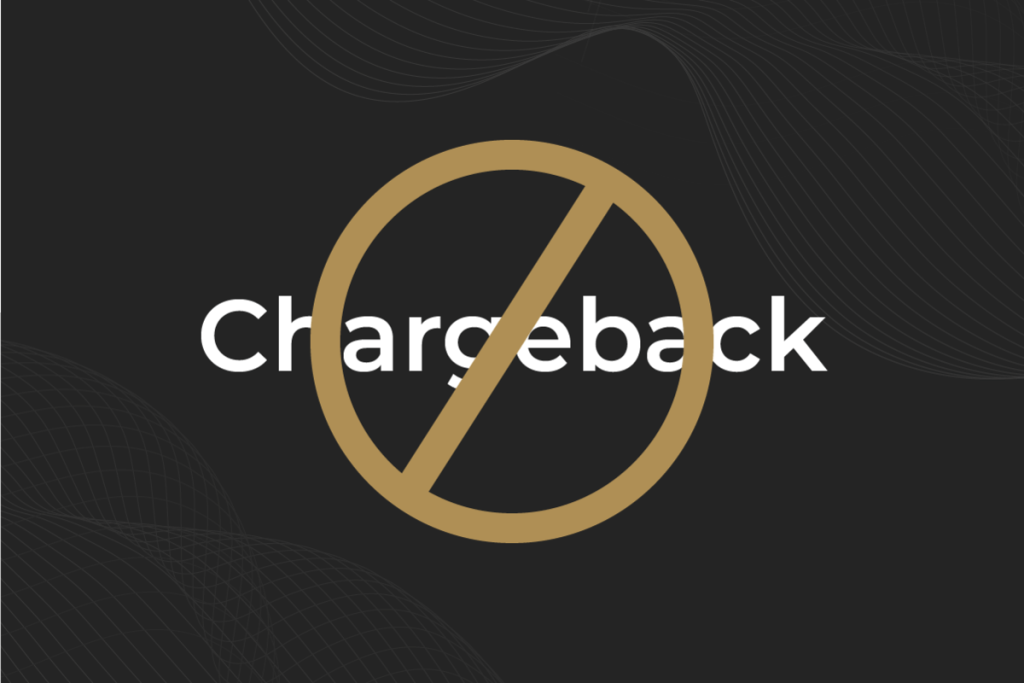The subscription economy is booming, but it comes with a challenge: chargebacks. These disputes, where customers demand refunds through their banks instead of the business, hurt revenues and add operational costs. Mastercard reports a 30% increase in chargebacks in subscription services over the past five years. This article outlines effective strategies for reducing chargebacks in subscription models based on proven data and industry practices.
Why Chargebacks Happen in Subscription Models
Chargebacks are frequent in subscriptions for several reasons:
- “Friendly Fraud”: Customers forget they subscribed, then dispute charges when they notice recurring payments.
- Complex Cancellation: Frustration with difficult cancellation procedures pushes customers to file disputes.
- Billing Descriptor Confusion: If a charge appears under a name the customer doesn’t recognize, they might assume it’s fraudulent.
- Free Trials: Many customers don’t cancel free trials on time, leading to unexpected charges and disputes.
A 2022 Stripe survey revealed that 40% of chargebacks in subscriptions stem from friendly fraud, and 25% result from unclear billing practices.
Strategies to Reduce Subscription Chargebacks
Businesses can significantly reduce chargebacks by implementing the following strategies:
1. Use Clear Billing Descriptors
Ensure billing descriptors on credit card statements are clear and easily recognizable. Customers should not be confused when they see your business name on their statements. Add a phone number or website to encourage direct contact before a dispute is filed.
Data: 28% of chargebacks come from unclear descriptors, according to Checkout.com.
2. Simplify Cancellations
Make it easy for customers to cancel their subscriptions. Hiding cancellation options or creating complex processes will drive customers to seek a chargeback instead of canceling directly. Implement self-service cancellation in the account section or via email.
Fact: Visa reports that businesses simplifying their cancellation processes reduced chargebacks by 15%.
3. Preemptive Customer Communication
Send reminders to customers before recurring charges, especially after free trials. Include a clear explanation of upcoming charges and provide an option to cancel if they no longer wish to continue. This reduces “surprise” charges that lead to disputes.
GoCardless research found that 20% of chargebacks could be avoided with better communication regarding billing cycles.
4. Fraud Prevention Tools
Utilize fraud prevention measures such as AVS, CVV checks, and device fingerprinting to spot fraudulent activity before transactions are processed. Tools like 3-D Secure provide additional protection by verifying the customer’s identity during the payment process.
Mastercard’s fraud prevention measures reduced fraudulent chargebacks by 30% in 2022. Merchanto.org, an official partner of Visa and Mastercard, offers fraud detection and chargeback management tools specifically designed for subscription models. By partnering with them, businesses can reduce their chargeback risks. Learn more here.
5. Automate Chargeback Management
Manual chargeback management is time-consuming and inefficient. Automating the process allows businesses to quickly respond to disputes with the correct evidence. This improves the chances of winning the dispute and retaining revenue.
Automated systems use machine learning to detect patterns and predict potential disputes. They can flag high-risk transactions and block them before they escalate.
Braintree’s data shows that automating chargeback management improves win rates by 40% and saves businesses 150 hours per month.

Subscription Chargeback Data Overview
The following tables summarize key data related to chargebacks in subscription businesses.
| Reason for Chargebacks | Percentage of Total Chargebacks |
|---|---|
| Friendly Fraud | 40% |
| Fraudulent Transactions | 25% |
| Billing Errors | 20% |
| Complex Cancellation Processes | 10% |
| Unclear Billing Descriptors | 5% |
| Fraud Prevention Tool | Chargeback Reduction Rate |
|---|---|
| Address Verification System (AVS) | 15% |
| Card Verification Value (CVV) | 12% |
| 3-D Secure (3DS) | 30% |
| Automated Chargeback Management | 40% |
| Chargeback Outcome | Winning Rate |
|---|---|
| Manual Chargeback Representation | 12% |
| Automated Chargeback Solutions | 45% |
Fraud Prevention in Subscriptions
Fraud prevention is critical in managing chargebacks. Fraudulent transactions not only hurt revenue but also damage a business’s reputation with payment processors. Using verification tools like AVS and CVV checks, businesses can flag suspicious activity early.
- Device Fingerprinting: Tracks customer devices to detect unauthorized access.
- IP Matching: Identifies unusual geographic activity that could indicate fraud.
Regularly update customer information using services like account updater tools from card networks to avoid outdated payment details, which lead to unnecessary chargebacks.
Example: By employing AVS and CVV, Mastercard noted that subscription services reduced fraud-related chargebacks by 15-20% in 2022.
Optimizing the Customer Experience
A smooth customer experience helps reduce disputes. This includes providing clear terms, offering easy ways to cancel, and regularly communicating with customers about their billing cycles.
Clear Terms and Conditions
Ensure customers clearly understand what they’re agreeing to. Terms should be simple, avoiding hidden fees or vague conditions. Obtain explicit consent through checkboxes or e-signatures.
During the purchase process, highlight important details like:
- Billing frequency and costs.
- How to cancel subscriptions.
- Free trial periods and when customers will be billed.
This transparency will prevent misunderstandings that lead to disputes.
Offer Multiple Contact Channels
Make it easy for customers to reach your support team. Prominently display contact information on your website, emails, and within your app. If a customer reaches out with a billing issue, resolve it quickly to prevent a dispute.
Data: According to Stripe, 86% of consumers who filed chargebacks contacted their bank without first contacting the merchant. This shows the importance of accessible customer support.

Technology to Reduce Chargebacks
Automation and technology are critical in managing subscriptions and preventing chargebacks. By integrating payment processors like Checkout.com, Stripe, and Braintree, businesses can streamline their subscription management and dispute handling processes.
Proactive Alerts
Automated systems can send proactive alerts to warn merchants about potential fraud or disputes. This allows businesses to engage with the customer and resolve the issue before it escalates into a chargeback.
Chargeback Automation Benefits
- Time Savings: Automated systems handle the entire dispute process, saving valuable time.
- Data Insights: By analyzing transaction patterns, businesses can identify common causes of disputes and adjust accordingly.
Braintree reported that businesses using automation to manage chargebacks saw a 45% increase in dispute win rates and saved thousands of dollars in lost revenue annually.
Case Study: Reducing Chargebacks with Technology
A digital subscription service struggled with a high chargeback rate of 1.5%, significantly above the industry standard. By implementing the following strategies, they reduced chargebacks to 0.5%:
- Improved Communication: The company began sending billing reminders and alerts before each renewal, reducing customer confusion.
- Simplified Cancellations: Cancellation options were moved to the forefront, making it easier for customers to manage their subscriptions.
- Fraud Detection Tools: The business integrated AVS and CVV checks into their payment process, reducing fraud-related disputes.
These actions resulted in significant improvements in chargeback rates and saved the company over $50,000 in chargeback fees in one year.
Conclusion
Preventing chargebacks in subscription businesses requires a combination of transparent communication, easy cancellation processes, robust fraud detection, and automated chargeback management. By addressing the root causes of disputes, businesses can protect their revenue and maintain customer satisfaction.
By adopting these strategies, businesses can significantly reduce chargebacks and maintain a smooth, efficient subscription model.



